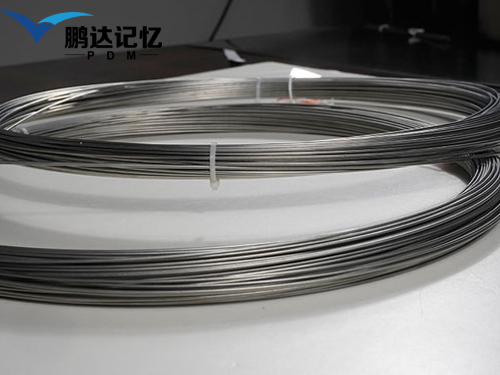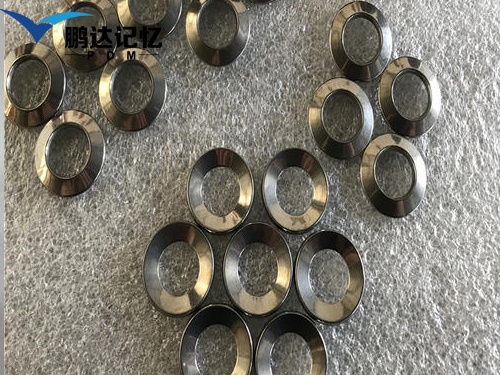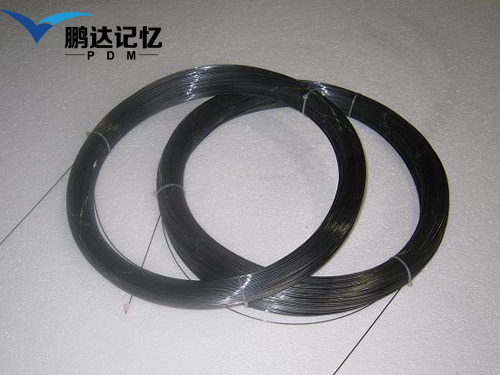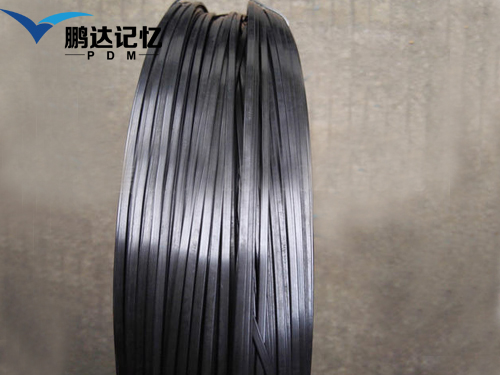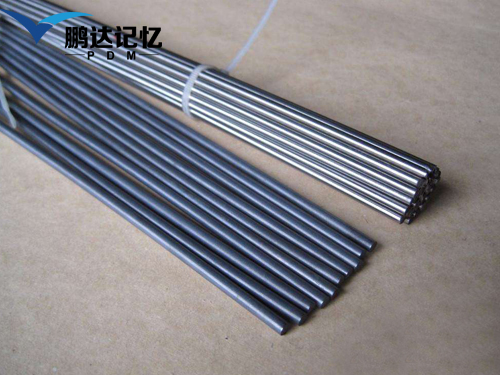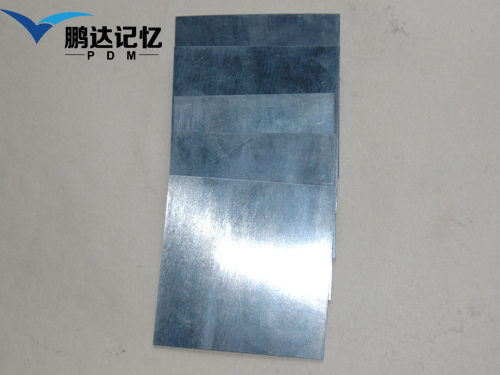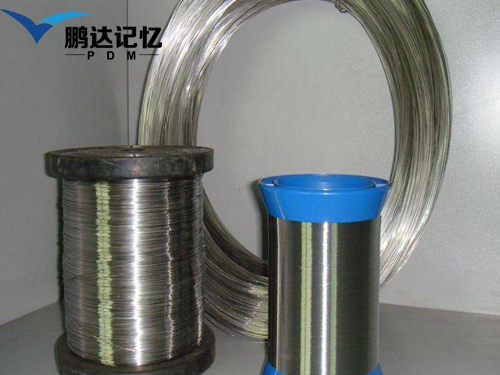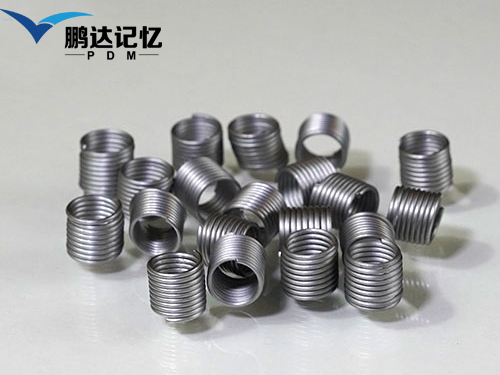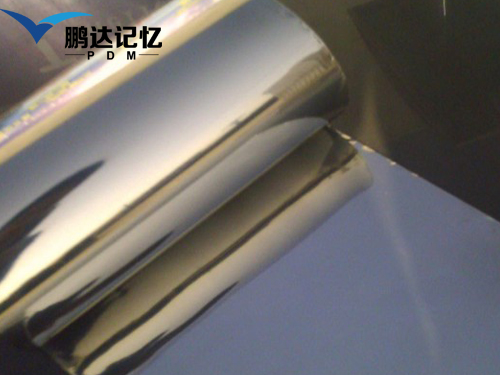Classification of shape memory alloys
The deformation recovery ability of shape memory alloy is due to the thermoelastic martensitic transformation in the material during deformation. There are two phases in shape memory alloy: high temperature austenite phase and low temperature martensite phase. According to different thermodynamic loading conditions, shape memory alloy has two properties.
Shape memory effect
One way memory effect. Shape memory alloy will deform at low temperature, and its shape can be recovered after heating. This shape memory phenomenon only exists in the heating process, which is called unidirectional memory effect.
Two way memory effect. Some alloys can recover the shape of high temperature phase when heated, but can restore the shape of low temperature phase when cooling, which is called bidirectional memory effect.
The whole process memory effect. The shape of the high temperature phase recovers when heated, and changes the shape of the low temperature phase with the same shape but opposite direction during cooling, which is called the whole process memory effect.
The shape memory effect of SMA is caused by thermoelastic martensitic transformation. Once formed, the martensite will continue to grow with the decrease of temperature, decrease with the increase of temperature, and disappear in the opposite process. The difference between the two free energies is the driving force of phase transition. The equilibrium temperature is the temperature at which two free energies are equal. Martensitic transformation occurs only when the temperature is lower than the equilibrium temperature t0. On the contrary, the reverse phase transition occurs only when the temperature is higher than the equilibrium temperature t0.
In SMA, martensitic transformation is not only caused by temperature, but also by stress. The stress-induced martensitic transformation is called stress-induced martensitic transformation, and the temperature is linearly related to the stress.
The memory alloy systems discovered so far are au CD, Ag CD, Cu Zn, Cu Zn Al, Cu Zn Sn, Cu Zn Si, Cu Sn, Cu Zn GA, in Ti, Au Cu Zn, NiAl, Fe Pt, Ti Ni, Ti Ni PD, Ti Nb, U-Nb and Fe Mn Si.
Pseudo elasticity
When the shape memory alloy deforms greatly under high temperature austenite state due to external force, the deformation completely recovers after removing the external force. However, in the process of deformation, the stress-strain curve is not linear and dissipated energy will be produced.

 current location:
current location: